Join the author, Néstor T. Carbonell, as he shares a critical analysis of the Castro-Communist regime and explores the challenges and opportunities that will likely arise when freedom finally dawns in Cuba.
CHAPTER 17: The Dawn of Freedom
But Cuba offers visitors more than maritime splendor. It is rich in history with the grandeur of its colonial past carved in stone evidenced in Old Havana and in the central city of Trinidad—both World Heritage Centers. It has lush fertile valleys, like Vifiales dotted with impressive dome-like limestone outcrops (mogotes) that rise Hk fortresses. It is renowned for its vast labyrinth of magnificent caves including the Great Cavern of Santo Tomas, one of the largest in Latin America with galleries and subterranean rivers spanning more than nine miles. Cuba is also endowed with outstanding thermal springs in picturesque settings, like San Diego de los Baños and San Miguel de los Baños, which, with private sector funding and well-trained medical and administrative staff, could become first-rate wellness centers and spas.
One of the pending projects, mapped out by distinguished Cuban Americans and led by Alberto S. Bustamante, takes a page out of Spain’s book of Paradores—a network of luxury hotel accommodations in or near castles, palaces, convents, and other historic buildings designed to promote tourism while preserving the country’s heritage. Cuba could have its own version of Paradores in fortresses, majestic villas, vintage sugar mills, and other sites of historic significance and unusual beauty.
Agro-Industries
Given its benign climate, fertile soil, and optimal topographic conditions, Cuba is ideally suited to agriculture. Yet under Castro-Communist rule it has sagged, if not collapsed. For example, in the 1950s, pre-Castro, the island was the global sugar cane leader, accounting for about 20 percent of world production. Today, with production falling to levels not seen since the early 1900s, Cuba has been surpassed by Brazil and at least five other countries. With the dawn of freedom and the inflow of private capital and technology, economists predict a significant recovery of the Cuban sugar industry. Cargill, Archer Daniels Midland, Caterpillar, Deere, and other companies would seriously consider investment opportunities, but the list will most likely be headed by the Florida-based Cuban American Fanjul family, reputed to be the largest private refiner of sugar cane in the world.
The reinvigoration of the sugar industry would also include the development of its by-products. Among these is bagasse, for the generation of bioelectricity, and molasses, for the production of clean, ow-carbon ethanol—a leading renewable biofuel that is blended with gasoline. But for Cuba, the by-product that will continue to have the highest priority is the alcoholic distillate from the fermentation of cane juice, syrup, or molasses: rum. The Bacardi shareholders look forward to the day when, in a free Cuba, they can reestablish their company— the largest privately held spirits enterprise in the world—and relaunch their popular products where their amazing story began.
The word Havana still denotes the ultimate in quality and smoking pleasure, thanks largely to the light sandy clay soil, rich in humus, of Vuelta Abajo, where most Cuban tobacco is cultivated. Yet growth is held back by the resourceless government, which buys most of the production and pays very little to the farmers. Without the fetters of state control, reputable private investors could revitalize the industry with fresh capital and technology, and enhance its competitiveness.
The Castro regime tried to boost citrus production (focusing on oranges, grapefruits, limes, and tangerines) and installed processing, cold storage, and packing facilities in partnership with a few weak, undercapitalized foreign investors. But shortages of fuel, fertilizers, herbicides, and spare parts severely crippled those efforts. In a free and open Cuba with strong international partners, those obstacles could be overcome.
Before the Castro revolution, the growth of cattle in Cuba was keeping pace with the population. In the 1950s, the island had over six million head of cattle, or one per inhabitant, and ranked fourth in meat consumption per capita in Latin America. It even started to export meat. Today meat is severely rationed, along with various other foods. An unshackled and resurgent Cuba, however, could restore the island’s rich cattle tradition, which once included fabulous ranches similar those in western United States.
Mining, Minerals, and Petroleum
In its 1956 report on investment opportunities, the US Department of Commerce stated that, potentially, Cuba was one of the world’s largest sources of nickel and iron. It was also an important supplier of chrome and manganese. The Castro regime confiscated the US nickel-processing plant (Nicaro) in far-eastern Cuba, as well as the nearby Moa Bay mines owned by a subsidiary of Freeport Sulphur Co It then authorized the Canadian company Sherritt International to extract, process, and export nickel and cobalt ores. Results were initially profitable, but later the enterprise hit roadblocks. To further develop Cuba’s mining potential in a post-Castro era, investors would need to add refining capability to the nickel-processing plants, among other investments.
It is well-known that Cuba largely depends on foreign oil sources (mainly from Venezuela at present) to supply its needs. In 2012, three deep-water exploration wells were drilled by Spanish, Russian, and Venezuelan companies, but no commercial quantity of oil or gas was found. However, the area that was prospected represents only a small portion of Cuba’s yet-to-be-explored 112,000-square-kilometer Gulf of Mexico Economic Exclusive Zone. Major US oil companies await a more propitious and friendly environment to tap the island’s high-potential oil reserves, estimated by the 2004 US Geological Survey at 4.6 billion barrels of crude oil and 9.8 trillion cubic feet of natural gas.
Biotechnology and Pharmaceuticals
The Castro regime has reportedly invested $1 billion in biotechnology and pharmaceuticals, but hanging over this alleged investment is the suspicion that it may have included research and development 0f dual-use biotechnologies (for medicinal purposes and for biological weapons) shared with Iran and other rogue states. Since the regime has not authorized an independent inspection of the secluded sites, the concern persists.
Another critical question is: How reliable are Cuba’s claims about its vaccines and drugs? Lacking in most cases proper validation of the touted results, we really don’t know the degree of progress made with its vaccines for meningitis B, influenza type B, and hepatitis B, or for a treatment for heart attacks called streptokinase. To really make headway in this field and gain the confidence of consumers, physicians, and the World Health Organization, the solution post-Castro possibly lies in privatizing the industry and inducing reputable multinational pharmaceutical companies to partner in the development of the island’s potential with capital to invest, science to innovate, credibility to advertise, and channels to distribute and sell worldwide.
The Ultimate Goal
Could a post-Communist Cuba become over the long haul a vibrant haven of freedom and prosperity? On the positive side, Cuba will benefit from its privileged geography. Sitting astride the sea-lanes that connect the Americas and adjoining the largest market in the world, the island is an ideal location for commerce and cultural intercourse. Another big advantage is its bright and resilient population 11.3 million strong—larger than Hungary, the Czech Republic, Austria, Sweden, and Portugal, and almost comparable to Greece. But the broader demographic trends are troubling and need to be addressed.
Demographics
As reported by Azam Ahmed of the New York Times, «Since the 1970s Cuba’s birthrate has been in free fall, tilting population figures into decline.» The island already has the oldest population in all of Latin America. Based on current trends, some experts forecast that fifty years from now, Cuba’s population will have fallen by a third. More than 40 percent of the country will be older than sixty. If this were to happen the retirees would require a vast health-care system, which the country could not afford.
What accounts for this demographic predicament? Not having much hope for a better future in Cuba, youngsters have fled the island in large numbers, searching for opportunities to uplift their lives and raise a family. Many who have remained in Cuba are reluctant to have children given the meager average salary of about $40 a month, the shortage of consumer goods, and the dearth of housing, all of which make life a daily struggle.

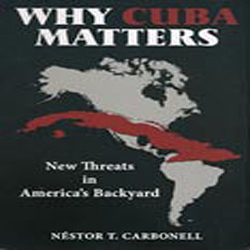


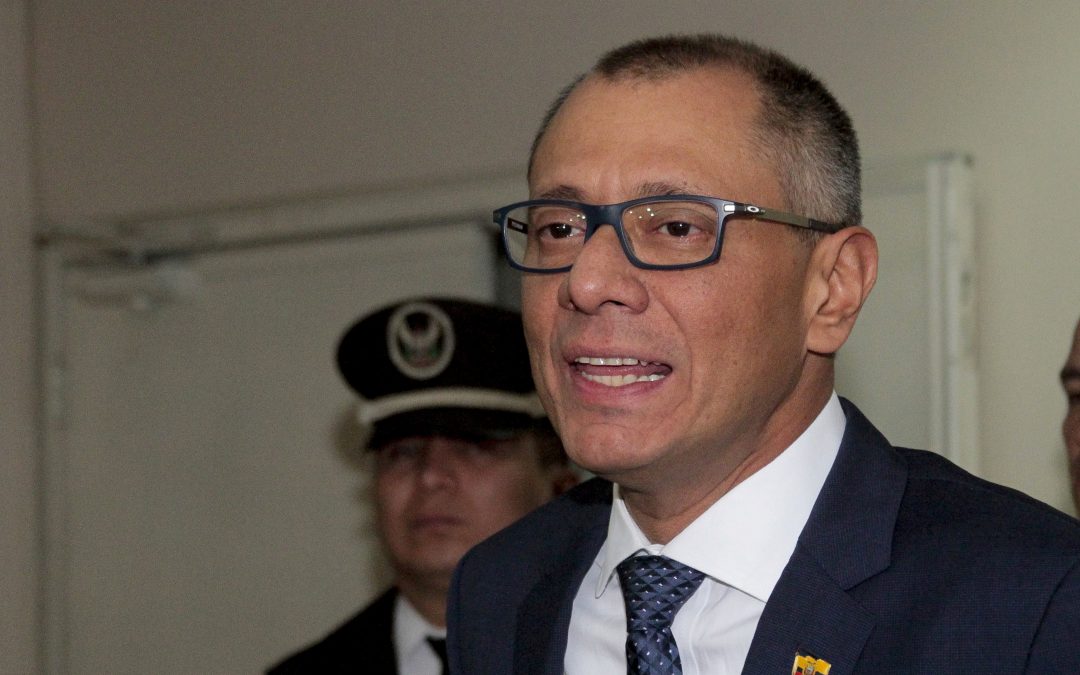
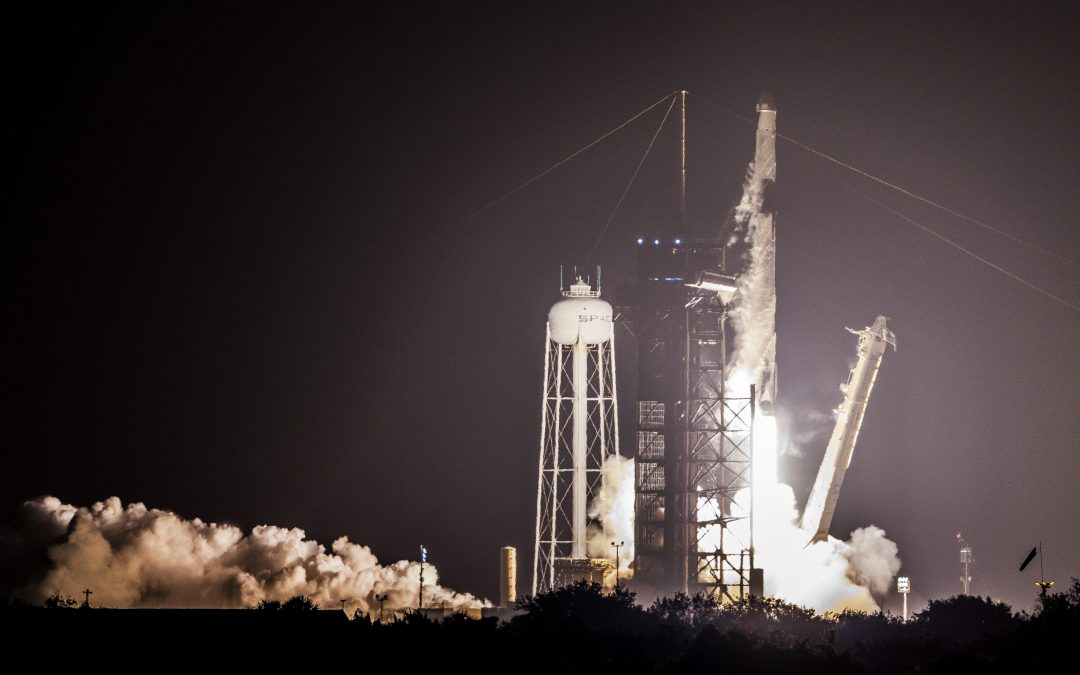
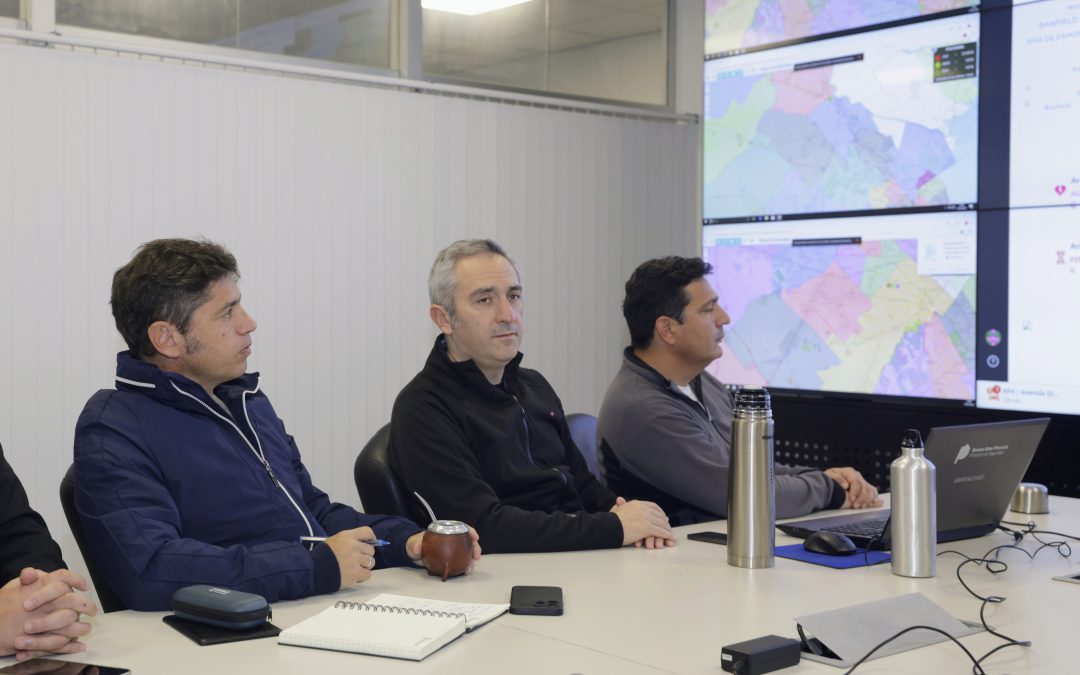





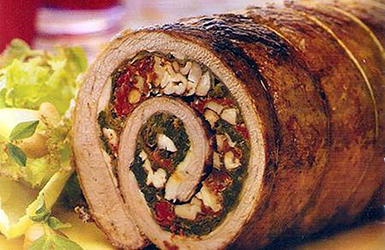

0 comentarios